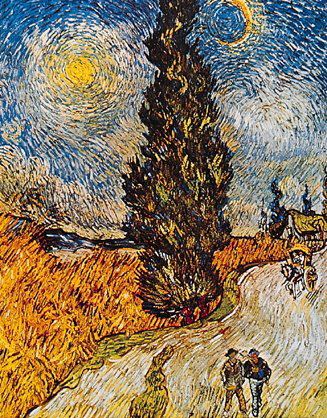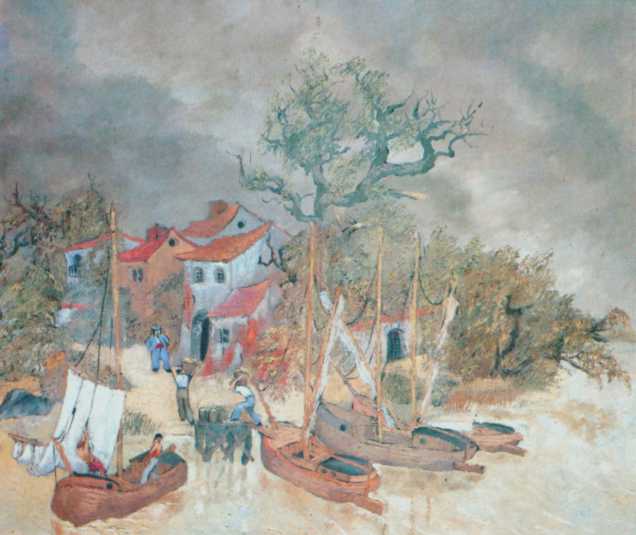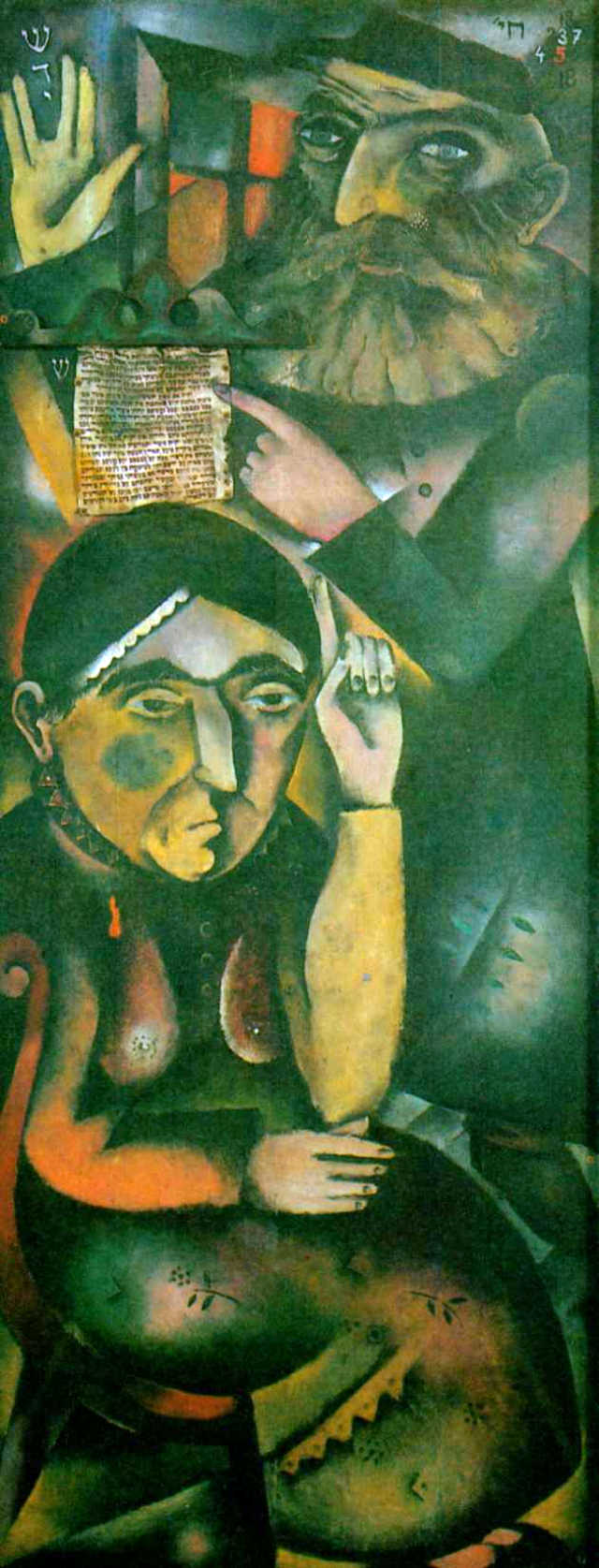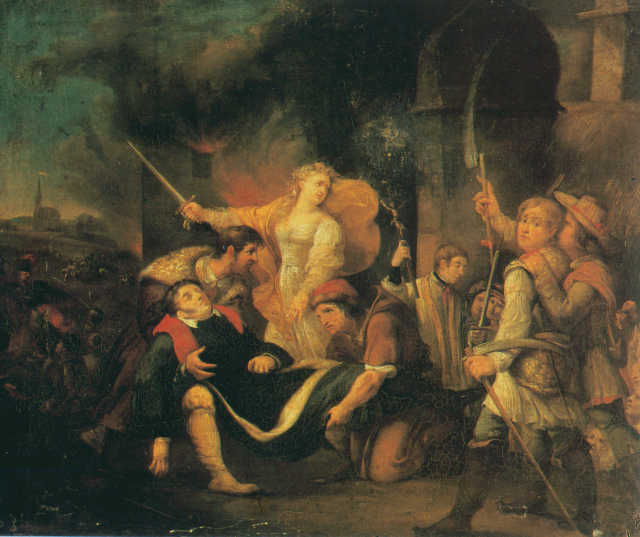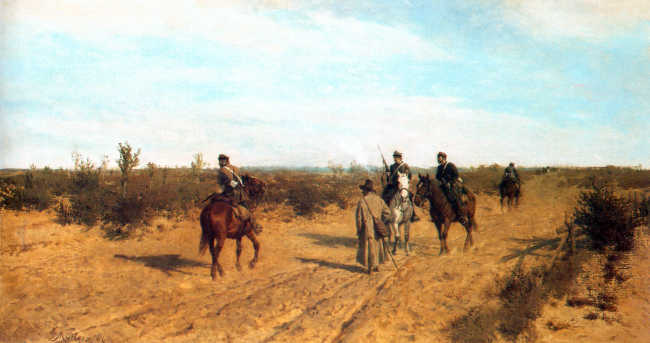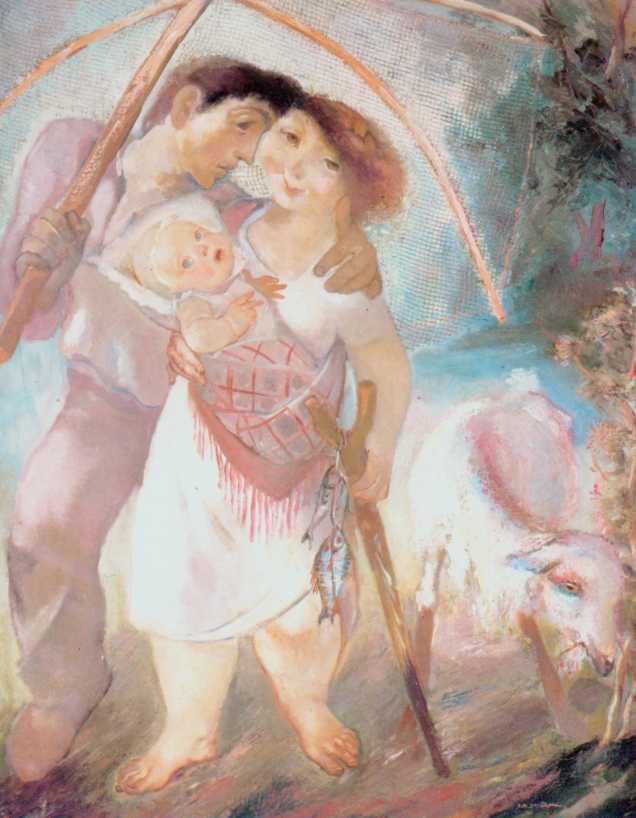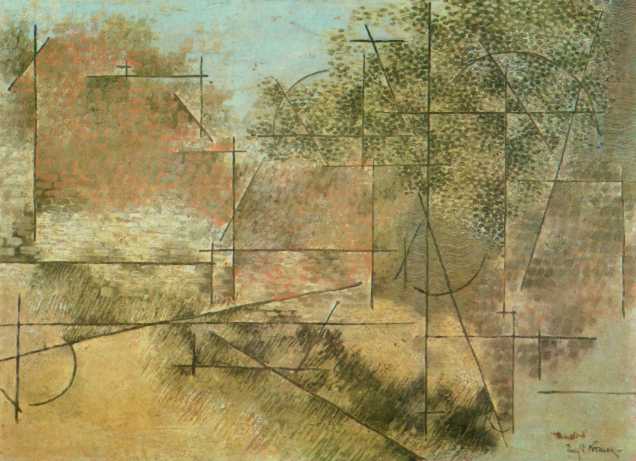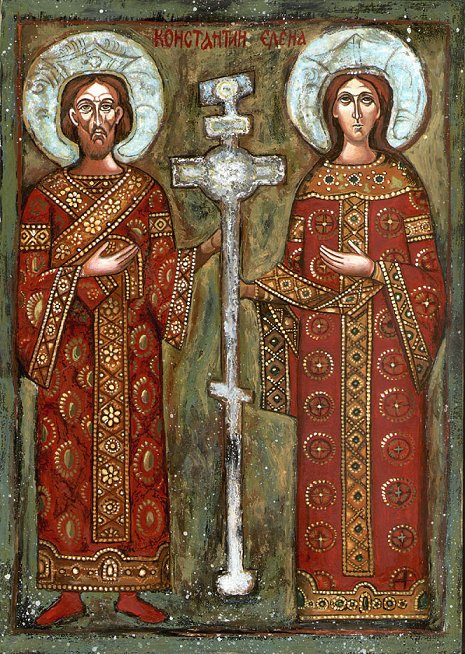Medieval gothic painting.
Gothic in painting dates back to the years 400 – 1350.

Gothic painting is characterized by a specific painting technique. The paintings were created mainly on a board using originally tempera, followed by oil paints. The fresco technique was also common. The main theme was religious scenes from the New Testament. Perfect icons were created in Eastern Europe. Only at the end of the Middle Ages did the landscape appear, mainly in the painting of artists from the north.
The manner of presenting the characters was subordinated to their hierarchy. More important people are painted as bigger, without attaching importance to anatomical realism. The surface of the paintings was often supplemented with gold flakes integrated into the background or clothes of the depicted people.
The wall fresco technique developed mainly in Tuscany and Assisi, especially thanks to the work of Giotto, which he created at the turn of the thirteenth and fourteenth centuries.
Mural painting outside of Italy was much less popular, due to smaller wall surfaces in decorated buildings. Here, the most important form of expression were large colorful stained glass windows, so characteristic of gothic interiors.
Apart from the works of Giotto, Flemish painting was the most innovative, striving for a realistic representation of biblical scenes against the background of the surrounding nature.
